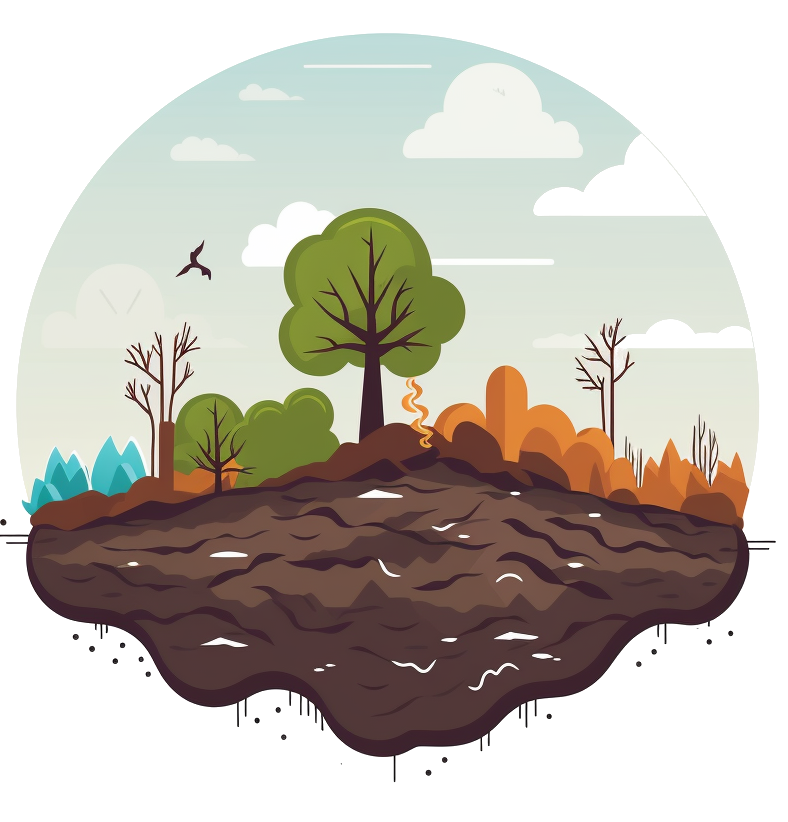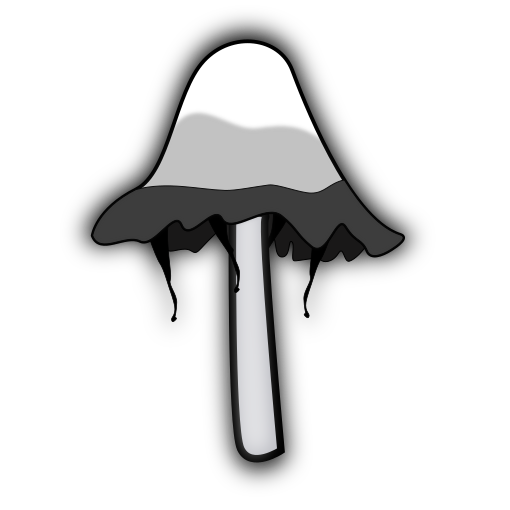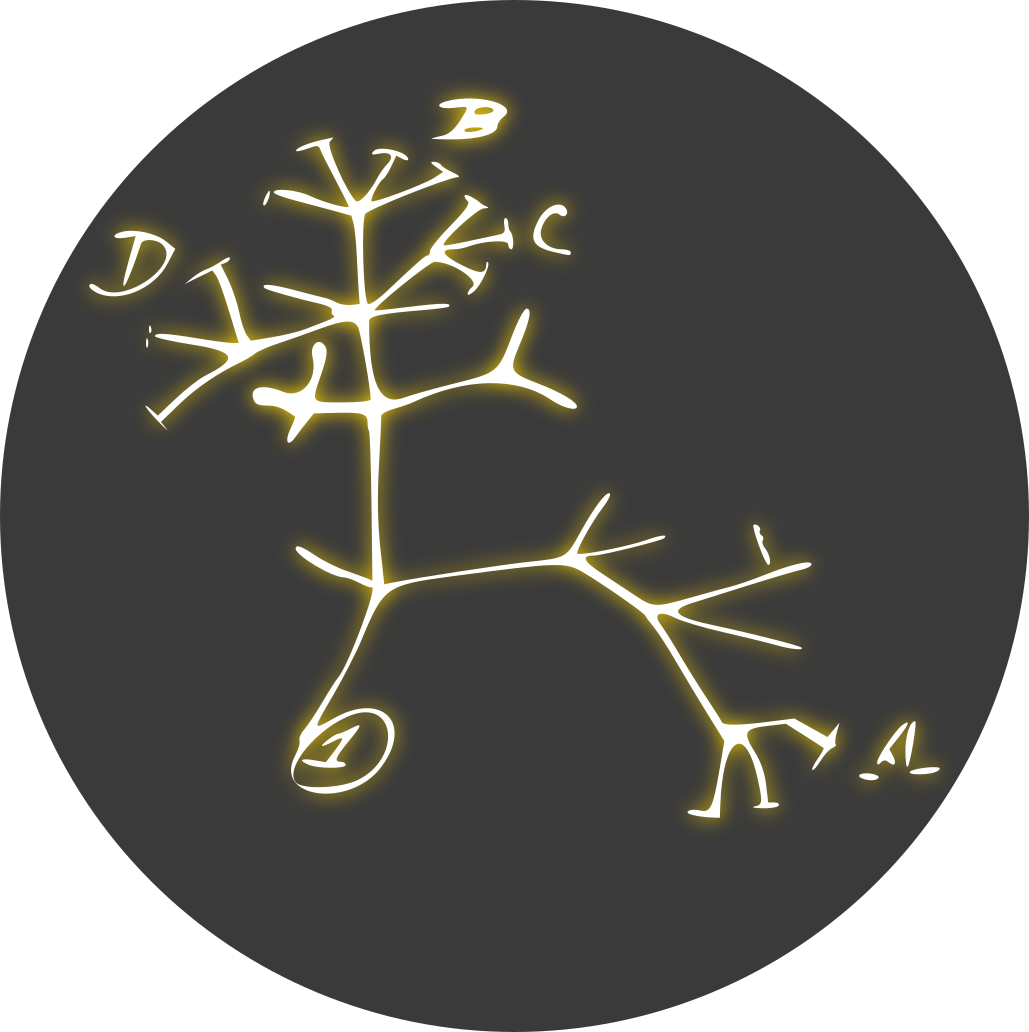I have experienced issues both over tor and over clearnet. The tor front-end exists on its own server, but it connects to the mander server. So, the server that hosts the front-end via Tor will see the exit node connecting to it, and then the mander server gets the requests via that Tor server. Ultimately some bandwidth is used for both servers because the data travels from mander, to the tor front-end, and then to the exit node. There is also another server that hosts and serves the images.
What I see is not a bandwidth problem, though. It seems like the database queries are the bottleneck. There is a limited number of connections to the database, and some of the queries are complex and use a lot of CPU. It is the intense searching through the database what appears to throttle the website.



































It depends. In my experience: in an academic laboratory I have been able to use common sense.
For example, gloves go on when working with strong acids/bases. The statement:
Does not apply as much when you are working with such corrosive agents, because you really should never be in a position where spilling 4 M HCl into your hands would go unnoticed.
When working with large quantitites of oils, even if non-hazardous, gloves go on and they will probably get oil in them.
When working with cell cultures, the goal is often to not contaminate the cultures. Some people prefer to wash their hands thoroughly and not use gloves, and they have been working at it for many years and they seem to do just fine. It’s a risk mitigation strategy - if the cultures have antibiotics and fungicides, risk is already not too high.
In an industry setting it is different. Companies often comply with specific standards and health and safety regulations. While the individual can use common sense, the people in charge of ascertaining compliance (sometimes ‘EHS’, Environment, health and safety personnel) aren’t necessarily chemists themselves, nor should they need to be aware of the identity of the transparent liquid in the flask that you are holding. So, generic rules are often set in place not only because of their practical utility but also to simplify enforcement. In some cases external auditors can come in (announced or not) and verify compliance - this, again is much simpler when the rule is ‘lab coat behind yellow line, gloves always on when touching a container with a liquid’ than having to interview each person to understand what they were touching without gloves and to understand their philosophy of why they chose to do so.